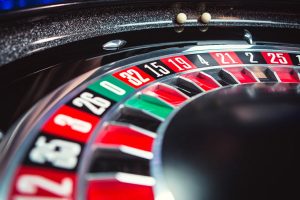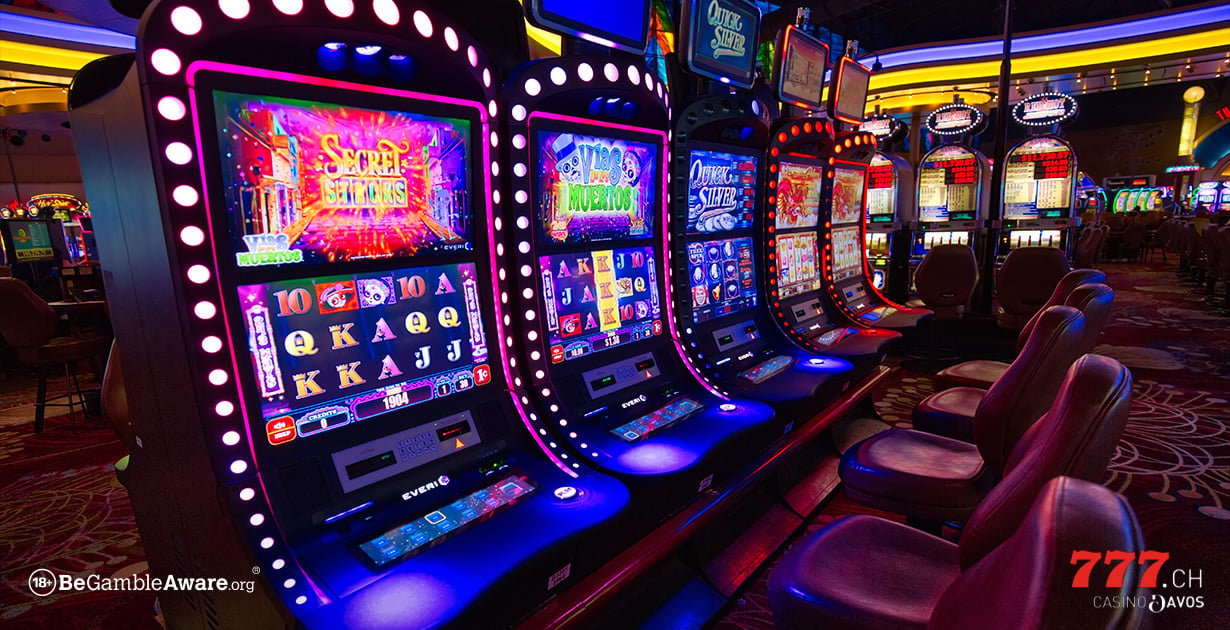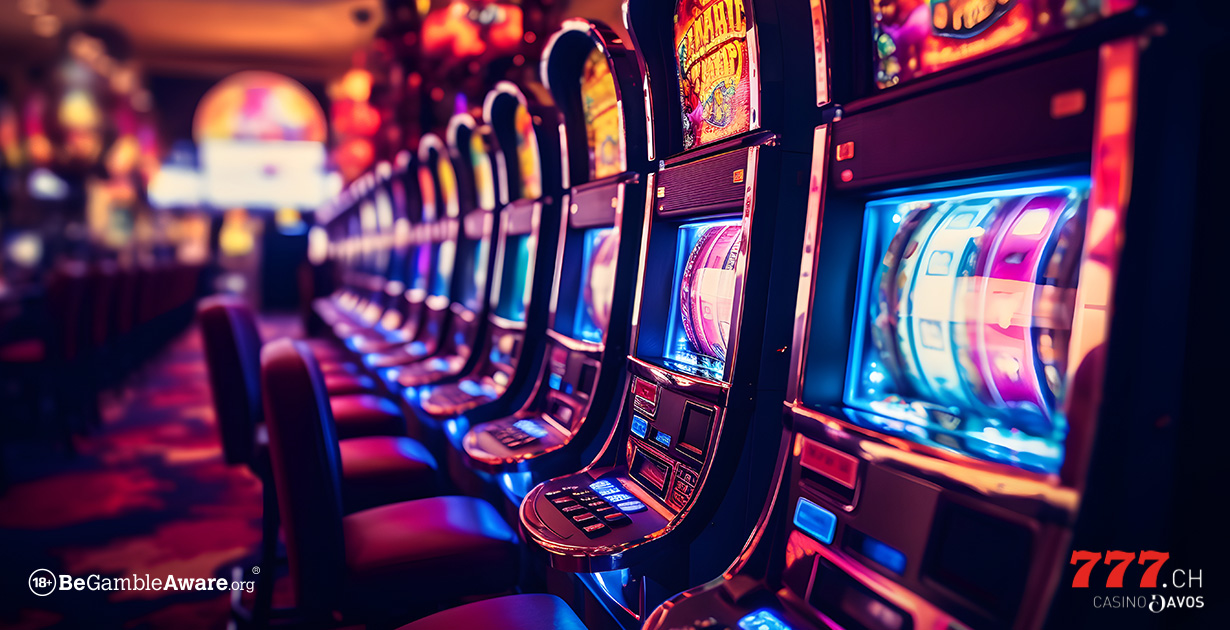In the blog of 20.02.2020 was talked about the starting hands. In this and the following blogs we want to shed some light on the probability of getting a good starting hand and discuss the possible strategies to play starting hands. We’ll start with the currently most popular poker variant in online casinos and landbased casinos: Texas Hold ‘Em Poker.
Texas Hold’em Poker: Possible starting hands
You get two cards from a deck of 52 cards. Therefore you have (52 x 51) / 2! =1326 possible starting hands. So what is the probability of a pair of Aces ?
4 of the 52 cards in the deck are aces, so you get an ace 52/4 times as the first card. Now there are 51 cards left in the deck, 3 of which are aces, so the probability of the second ace is 51/3. 52/4 = 13, 51/3 = 17 which means: all 221 hands (13×17) start with the coveted “Rockets”!
The second way of calculation as a control: there are six combinations to form a pair of Aces:
- AC,AD; AC,AH; AC,AS; AD,AH; AD,AS
1326 starting hands divided by the six possibilities: 1326/6 = 221 which is about 0.45 The following probabilities are given without the calculation method:
- AKs (or any two cards suited): 0.30
- AA (or any pair): 0,45
- AK (or any two cards offsuited): 1.20
The probability for Suited Connectors is just under 4%, two cards Q or higher almost 5%. For 100 hands, not starting with A,A or K,K is more than 40% likely to start with any pair, and less than 0.25% is likely to start with any pair.
Texas Hold’em Poker: Preflop game
Finally you have got the long hoped for American Airlines in your hole cards and you have to make the most important decision first: slow game or aggressive game. You play a very high raise and all your opponents throw their hand away, so you win the blinds at most. On the other hand, if you just call, there’s a risk that on the flop two pairs will be hit by a player with a much weaker starting hand and the aces will cost a lot of money. In tournaments, this decision depends a lot on the tournament phase and the stake, but in cash games, the decision is more difficult: limit variant, number of players at the table, position and last but not least the correct assessment of your opponents will influence your behavior. There is no “recipe” for this question and the feeling of finding the best way to play in the long run and in the situation makes the difference between poker players.
Of course it is important and essential to have a basic knowledge of the development potential of a starting hand:
A pair
You flop a “set” (three of a kind) or better 11,8 % , so about all 9 hands
You flop a full house 0.73%, which is about all 136 hands
You flop a poker 0.22%, so about all 445 hands
Same suit of the cards in the starting hand (Suited Hand):
Du Flops a flush 0.84%, that’s about all 119 hands
You flop a flush draw 10.9%, so about every 9 hands
You flop a card of your suit for the Backdoor Flush Flush 46.6%, almost every other hand
Consecutive cards in the starting hand (Connected Hand):
You flop a straight 1.3%, that’s about all 77 hands
You flops a draw that makes the street “up and down” possible (top ended),9,6 %, almost every tenth hand
You flop a draw for the street 26%, which is more than every fourth hand
When playing the draws, the flop must be taken into account in any case: For example, in straight draw, if two cards of the same suit or a pair are on the flop, the hand will be significantly weakened, since the opponents will be able to make a flush or a full house and will lose the hand if they hit the flop.
The probabilities for all in situations I would like to mention only briefly, since after the all in no decision is necessary or possible.
- Pair against two higher cards (coin flip) as the expression “coin flip” already says about 50% It depends on the height of the pair and whether the “overcards” are suited and/or connected.
- Two higher cards against two lower cards: approx. 2/3 probability of winning
Texas Hold’em Poker: Turn and River
The hit probabilities after the flop are relatively easy to calculate yourself.
You have Q,J both in spades in your hand and on the flop you have T of spades and 9 of spades and 2 of clubs. Of the 52 cards in the deck, 3 are on the flop and 2 are in your hole cards, so five known cards.
52 – 5 = 47 remaining cards. Of the 13 spades, 4 are already out of the deck, so only 8 are available to make your hand a flush. In addition, 3 Kings and 3 Eights of Spades (the King of Spades and the Eight of Spades can no longer be taken into account) improve your hand to straight.
- Turn: 14 out of 47 is about 29.7% for flush or straight
- River: if there is no hit on the turn, the 14 “good” cards remain in the deck, which now only contains 46 unknown cards. 14 out of 46 are 30.4% hits.
Together, this gives about 60% probability of a very good hand.
Other probabilities can easily be calculated analogously: The unknown cards are to be put in relation to the cards that are good for my hand (outs) and so I get probability to improve my hand.
The betting behavior is now determined more by the Pot Odds (ratio of the pot value and the amount to call, taking into account the outs) and the Implied Odds (where the possible improvements of the hand are taken into account).
But more about this in the next blog.
Conclusion
Poker is a wonderful blend of psychology and mathematics. The mathematics can be learned relatively quickly, but for the correct “reading” of the opponents and the correct assessment of game situations a lot of experience is necessary.
Until you have gained this experience and feeling, use the games on 777.ch and stay curious.









